ZENOLOGY Pro opens the hood on Roland’s legacy synths and beyond
Roland has slowly filled their ZENOLOGY virtual instrument with vintage sounds well now you can blow the lid off and get down into every parameter with ZENOLOGY Pro.
ZENOLOGY Pro
ZENOLOGY is the software version of their ZEN-Core synthesis technology found in hardware synths such as the FANTOM and JUPITER-X. It has been going a few months now and Roland has given us a taste of the potential by adding the sound engine from the JUPITER-8 and JX-8P. ZENOLOGY has a simplified synthesis front-end giving you some control over a handful of parameters. ZENOLOGY Pro is what they promised at the beginning; full in-depth control over every parameter and it’s here.
ZENOLOGY Pro can use up to four partials to create your tone. It has 4 oscillators with 9 waveforms, Supersaw, noise, PCM and PCM Sync. It comes with 1840 PCM waveforms and over 3500 patches expandable to over 7000. There are 10 filters types including those based upon their classic synthesizers. There are 11 LFO shapes, tempo-synced and stepped with up to 37 curves per step. And you’ll find 90 effects inside including ones based on vintage Roland processors.
When they said “every parameter” they really did mean it. The structure and availability of each partial is set up at the top-right. With the “Visual Edit” page you get a decent graphical interface showing all the different parts of the selected partial. Under the “Pro Edit” button they bypass the graphical niceties and give you access to absolutely everything in frightening detail for every partial. You want to try a Juno waveform with a DistSaw PCM Sync Wave, Soft click type and 100% “FAT” then you most certainly can do that for one of your partials and then do something crazy with the other three.
Once you’ve designed the sound you were after you can save in into a user bank and you can, if you wish, export that bank for use within ZEN-Core compatible hardware synthesizers. It really does open up the technology to new ways of working in this transfer between hardware and software.
The only slight disappointment for me is that you can’t stack up the MFX effects. There may well be 90 of them to choose from but you can only use one at a time or one of the preset “Combination” options that combine two effects. It would be great to have a few slots you could fill with these otherwise fabulous processors.
More vintage synths
With ZENOLOGY Pro they’ve also added Model Expansions of the SH-101 and JUNO-106. These are different from the ZEN-Core side of the synth and don’t have the same editor because they are not based upon the same synthesis engine. Instead you get a slightly modified ZENOLOGY interface that’s dressed in a hint of the original synthesizer with all the parameters available for tweaking but there’s no attempt to give it anything other than a ZENOLOGY front end.
The sounds are exactly as you’d expect them to be although it’s just not quite the same with seeing a render of the synthesizer but I’m sure I’ll get over it.
In too Deep
The sound design power now available in ZENOLOGY Pro is quite extraordinary. With the Partial structure you have 4 layers of synthesizers with loads of parameters to tweak and push to your own adventures. The interface is clear and straight forward if, perhaps, a little uninspired but you certainly can’t complain about the level of detail.
ZENOLOGY Pro is available now as part of a RolandCloud subscription or $229 for a lifetime key.
More information
Video
You are currently viewing a placeholder content from YouTube. To access the actual content, click the button below. Please note that doing so will share data with third-party providers.
3 responses to “ZENOLOGY Pro opens the hood on Roland’s legacy synths and beyond”
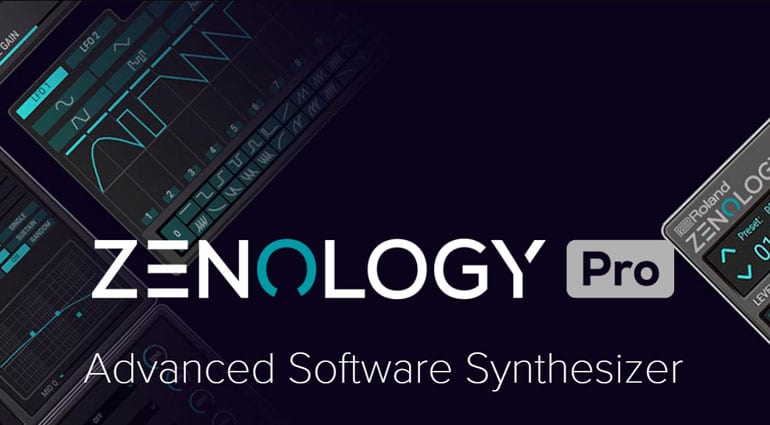

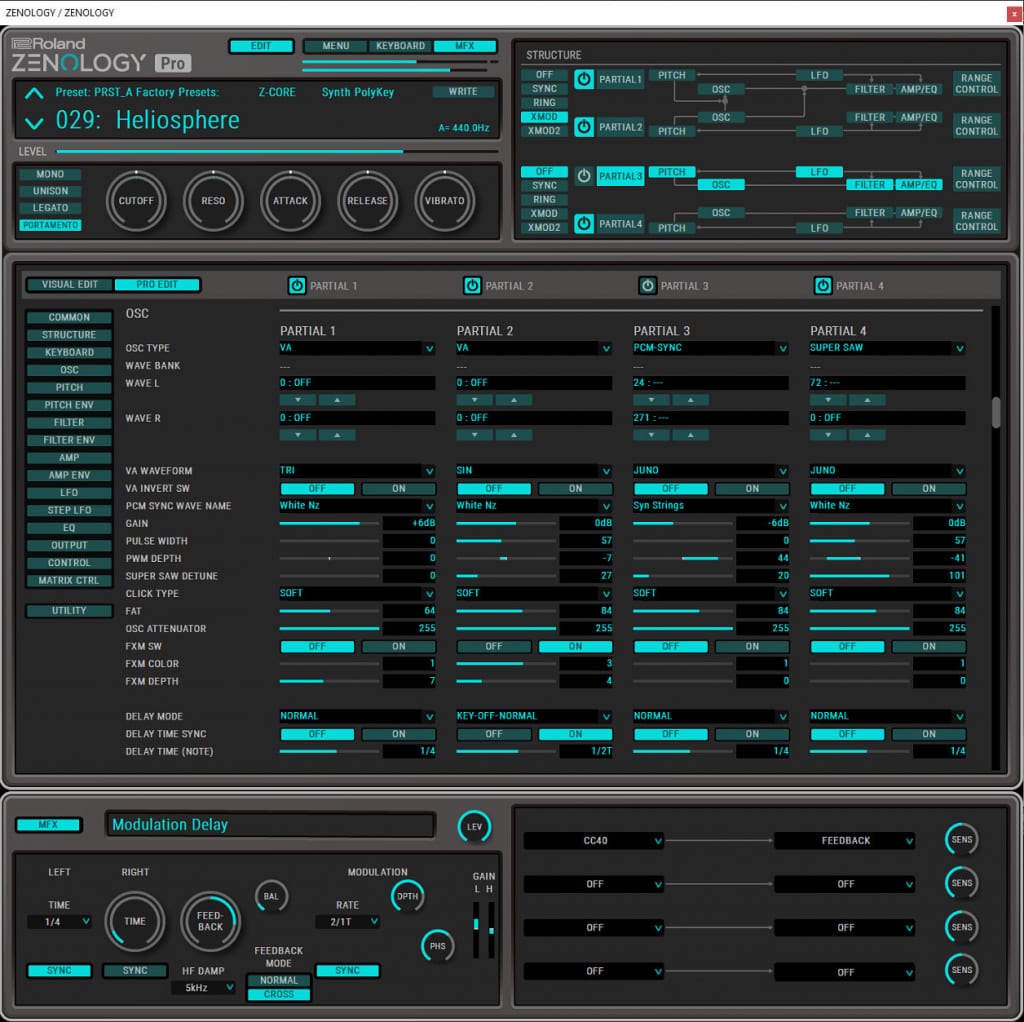
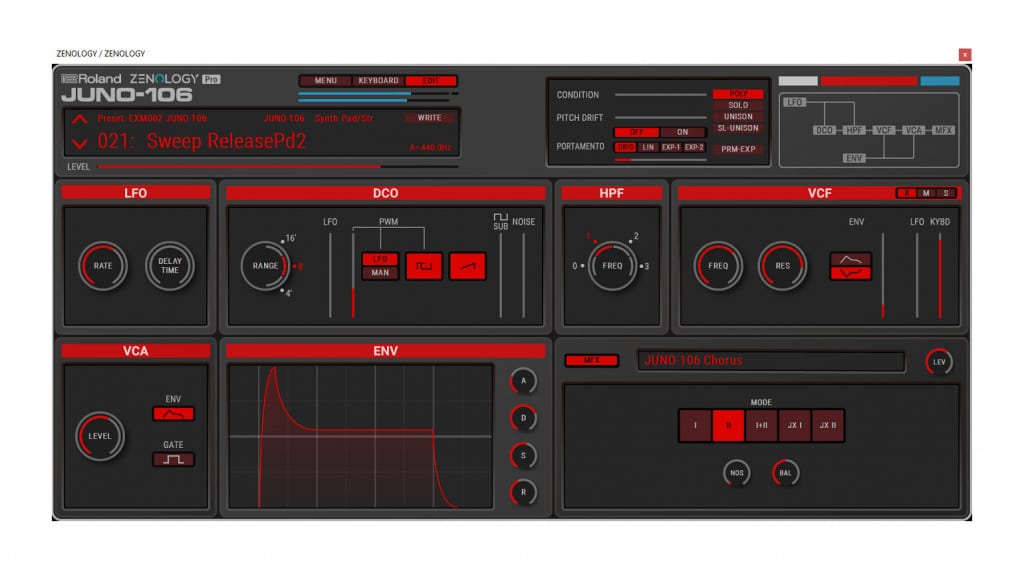
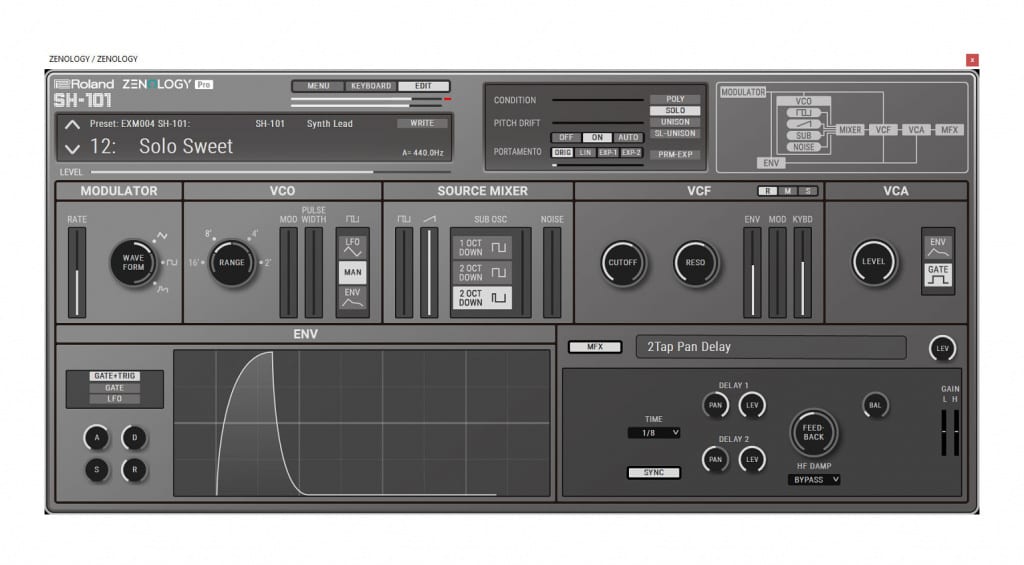
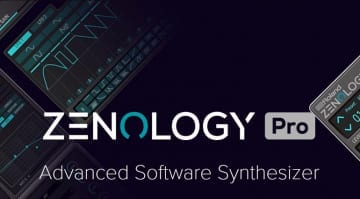

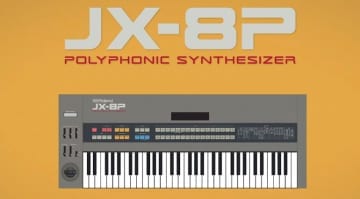
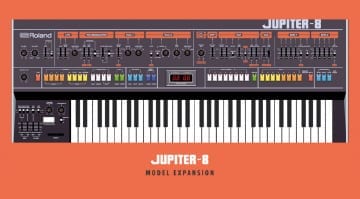
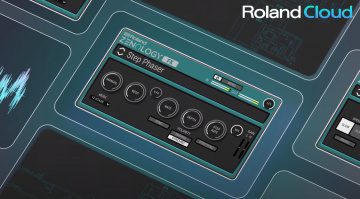
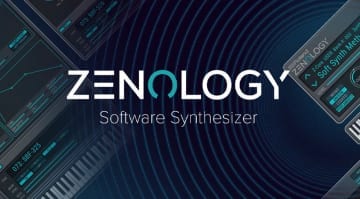

I now understand better why we cannot save the tones (outside the project) with the MC 707 🙁
It’s a very big drawback that you can use just one(!!) FX for the whole patch. I hope they consider to update this FX failure!!
I worry about workflow and creativity . I’ll be having more fun with my Minilogue XD then a cloud plugin to be honest. I own a lot of vst’s and besides omnisphere I barely use them.